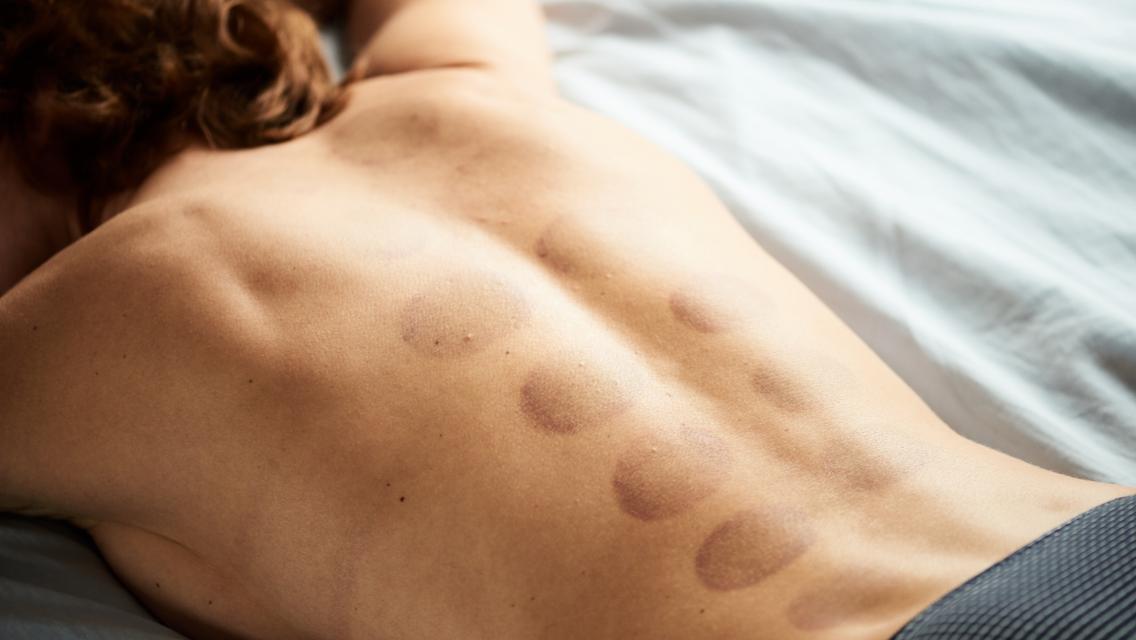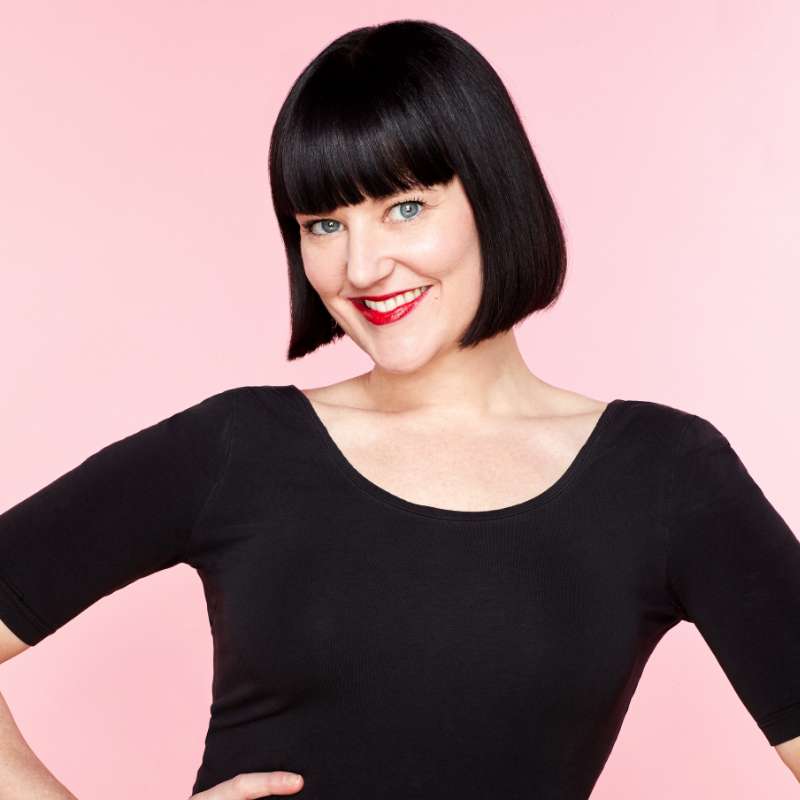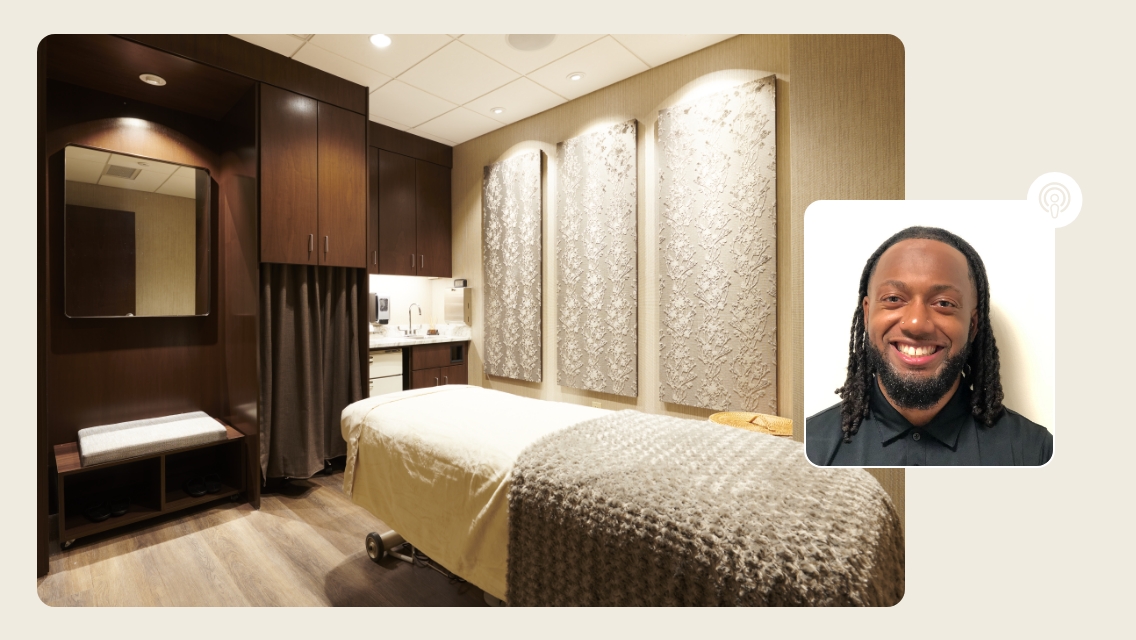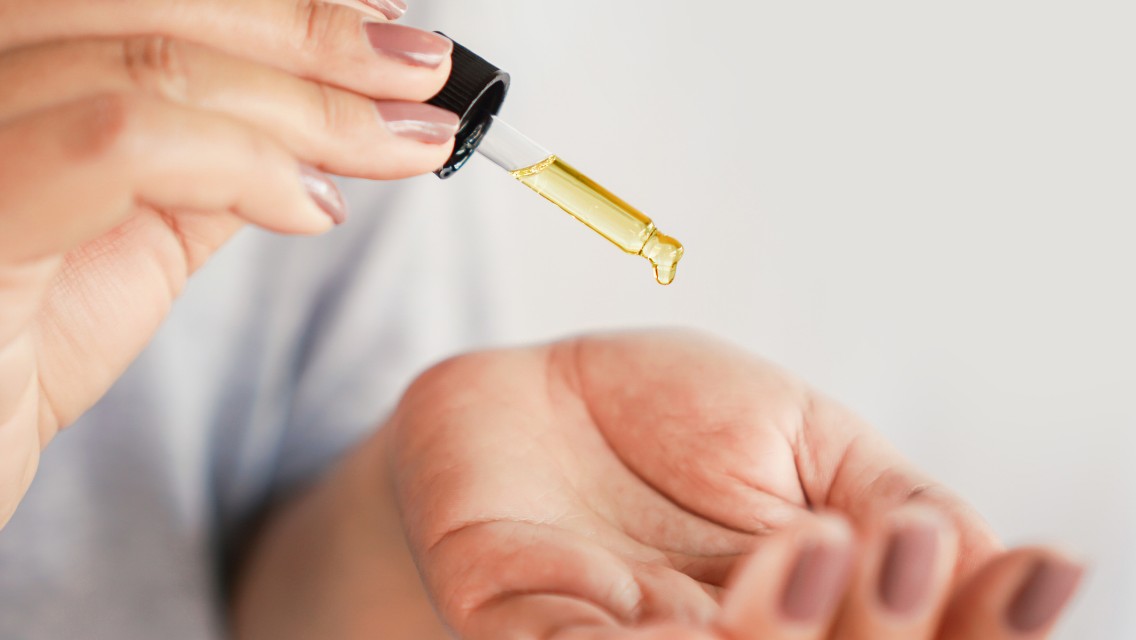Perhaps you’ve noticed an increasing number of professional athletes or celebrities with bruise-like circles on their backs of late. Since Michael Phelps sported them at the 2016 Olympic games in Rio, “cupping” (the cause of those marks) has become more mainstream. But are you still wondering why exactly people are using this technique — and if it really brings any health or athletic performance benefits? You’re not alone.
Though it’s gained popularity in the last several years, cupping is actually an ancient Chinese and Egyptian medical technique dating back thousands of years. It involves the use of glass, plastic, or silicone cups and suction to alleviate muscle tension.
Typically performed by allied health practitioners such as massage therapists, acupuncturists, and physical therapists, cupping uses suction to pull skin and underlying tissues into a cup. This encourages blood flow to the area, causing small blood vessels to expand and rupture under the skin. The result is improved blood circulation, which can then facilitate natural cellular healing and lymph movement to reduce stagnate toxins in the body.
To learn more about cupping, we asked massage therapists and cupping experts Nina Cortez and Elizabeth Hoffer, both of whom work at LifeSpa in Minnetonka, Minn., to answer a few common questions about the benefits and process of the practice.
Life Time | How does cupping work to relieve muscle tension?
Elizabeth Hoffer | Cupping utilizes negative pressure to lift underlying soft tissues including blood vessels, muscles, and connective tissues. This expansion creates space between the layers of muscle and tissue and brings new blood flow to the area. It can also expand or stretch the fascia and muscles and can break down adhesions between the tissues.
LT | What are the various types of cupping modalities and techniques?
Nina Cortez | There are a few different techniques, including both dry and wet cupping. At LifeSpa, we focus on the dry cupping method. That is the most common technique performed by massage therapists for relieving tension and increasing mobility.
There are several types of cups used for dry cupping, each creating suction a slightly different way. For the traditional technique, a practitioner uses a flame to briefly heat a glass cup before placing it on the body. The heated air inside the cup creates suction.
Another method uses plastic cups with an air release valve and suction pump. Some massage therapists use silicone cups, and they squeeze and press the cup onto the body to create suction.
A combination of gliding and static techniques may be used on the same or different areas of the body during a cupping session. Gliding the cups across the skin helps warm up fascia, break down scar tissue, and move stagnant lymph fluid.
Static cupping can draw blood and nutrients to an area, release painful trigger points, and open fascia and muscular tissue. It can also be used in conjunction with moving a client’s body part to encourage better stretch and overall movement to the tissue.
Wet cupping is more commonly practiced in clinical settings by acupuncturists. The practitioner makes small cuts in the skin to draw blood out, and the cups are not moved in any way. This can help draw out toxins, heat, and heavy metals from the tissue.
LT | Can you describe the process of placing the cups?
NC | A massage therapist determines the type of cups, technique, and placement by assessing the tissue and area of concern for their client. We listen to our clients and examine the areas of concern for tension, tenderness, or reduced range of motion. Once assessed, the area is warmed up by doing some light to deep massage, depending on the client’s needs or goals for the session.
Massage oil or lotion is applied prior to the cups to help reduce friction and create the seal between the skin and the cup so the suction holds. The massage therapist then places the cups on the client and creates negative pressure, which sucks the skin and underlying tissues up into the cup.
LT | How long are the cups left on for? What does the therapist do while the cups on are?
NC | The length of time varies because the cupping is customized to each individual; the cups may be left on for anywhere from three to 15 minutes depending on your needs.
While the cups are on in one area, the massage therapist will often massage other parts of the body. For example, if the cups are on the upper back and shoulders, they will massage the lower back. Once the cups are removed, the therapist uses massaging strokes to encourage lymphatic drainage.
LT | Is lymphatic drainage necessary after cupping?
EH | Yes. It’s important to encourage the lymphatic system to drain after drawing blood and other fluids to the cupping site. It’s always a good idea with any bodywork to help move the lymph along and toward the next nodes in the chain, clearing out wastes released during the treatment.
LT | Where on the body is cupping most effective?
EH | Cupping can be used to treat most of the body, including your back, arms, legs, neck, abdomen, face, palms, and feet. Although the back is the most popular area, various types and sizes of cups and techniques can be beneficial in all those places.
Placing the cups doesn’t always go as planned. Sometimes a cup just won’t stay on a certain area due to skin sensitivity, bone location, density and pliability of tissue, or hair on the skin. In this case, a practitioner may place cups around the spot and still get relief to the area. It’s also very important to note that cups should never be placed on broken or inflamed skin, blisters, lymph nodes, arteries and veins, varicose veins, or bone fractures.
LT | What does cupping feel like?
NC | Cupping can feel like pinching or pulling on the skin. Deeper suction and static cupping can bring a level of discomfort, but it shouldn’t be painful. If you feel pain, let your massage therapist know. They can use more lubricant or tamper down the suction of the cups. Many people find cupping relaxing even in the presence of some initial discomfort.
LT | What exactly are the marks left behind after cupping?
EH | The technical terms for these marks are “petechiae” and “ecchymosis,” which mean small red dots or larger areas of blood under the skin. Cupping marks are not bruises; though there can be some bruising involved, that is not the general outcome.
During cupping, the capillaries are stretched, allowing blood to seep out in between the capillary cell walls. This is how the body already sends out white blood cells to treat invasion and injury — cupping helps speed up and encourage the process.
The marks can range in color (they’re generally purple or dark red or dark pink), but usually fade back to skin color instead of changing to green and yellow tones like a bruise. Cupping can also cause temporary swelling at the area that was directly under the cup, which typically diminishes within hours of your service.
LT | How long do the marks last?
EH | Cupping marks usually stick around for one to two weeks, though sometimes they go away within hours to days. Your skin and muscle tissue and general health, as well as cupping pressure and cupping type, all play a role in the time it takes for the marks to naturally fade. Generally, dark red, purple, or brown marks indicate stagnation of the tissue. Getting spots like this cupped repeatedly over time will elicit less and lighter cupping marks, indicating the area is clearing out toxins and blood is flowing more easily.
Red or pink spots indicate moderate to minimal stagnation in the area and generally fade quicker than the darker spots. To help the marks disappear faster, stay hydrated and use an arnica cream. A warm compress and light massage over the area can also help.
While the goal of cupping is to relieve pain and tension in the body, some areas may be tender afterward, similar to the soreness that occurs after a deep-tissue massage. This will go away within a few days.
LT | How often do you recommend receiving a cupping service?
NC | At LifeSpa, we do cupping as an add-on service and recommend it be added to a massage once every one to two weeks, depending on the goal of the cupping and how the client’s tissues respond. If you’re not able to see your massage therapist that often, they can help you create a plan that works for your schedule and budget. You can see benefits after one session, but several sessions overtime often give a greater benefit and can lead to optimal health.
LT | Is there anyone who should not do cupping?
NC | For those on blood thinners, or those who have bleeding or lymphatic disorders, cupping is not recommended. It’s also not advised to start a new cupping regimen during pregnancy. Those with cancer or organ failure should also consult with a doctor before receiving cupping. If you’re unsure if cupping is appropriate for your body or individual health conditions, consult with your healthcare provider.





